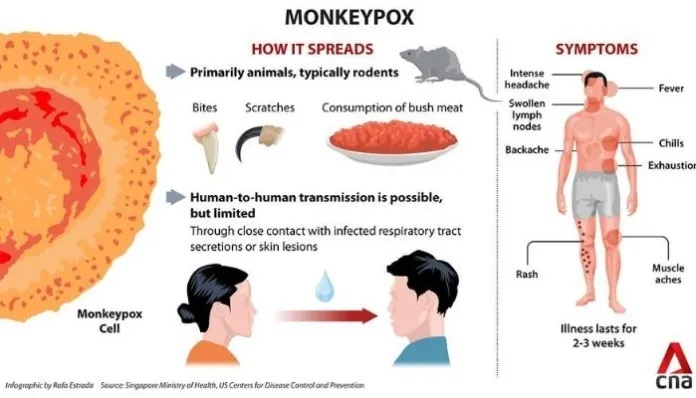Virus Containment Plan
Download the Virus Containment Plan👈
A Virus is an infection consisting of a nucleic acid surrounded and protected by a protein coat. A virus can't replicate itself, hence it needs to host cell to infect and use for making copies to spread.
Viruses can spread rapidly and the disease can transmit from one body to another e.g., the Corona Virus outbreak which was discovered in Wuhan, China in 2019 and spread all over the world caused hundreds of thousands of death over the world, crippling the whole world, which leads to a recession, industrial destruction, and increase in the poverty.
Since the work patterns have changed, so the likelihood of existance of the workplace diseases have also increased. The workers can be exposed to the multiple viruses and bacterias at the workplace, hence it is mandatory that all kind of virus, bacterias and diseases are contained at the workplace in case of exposure.
Download the template and use it as per need.

























